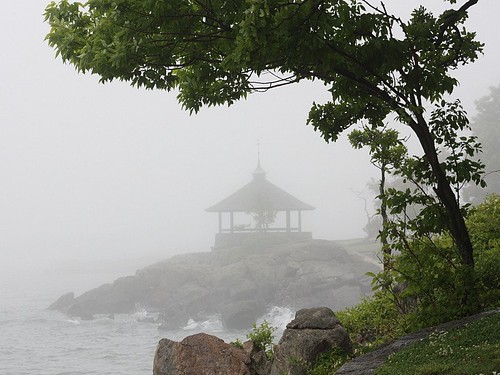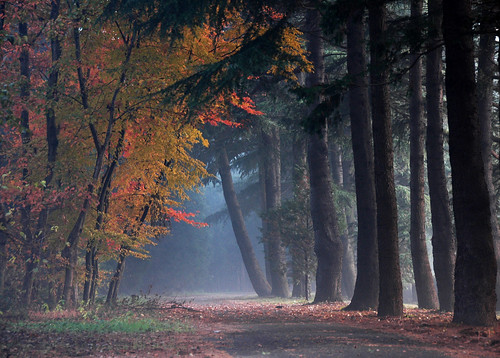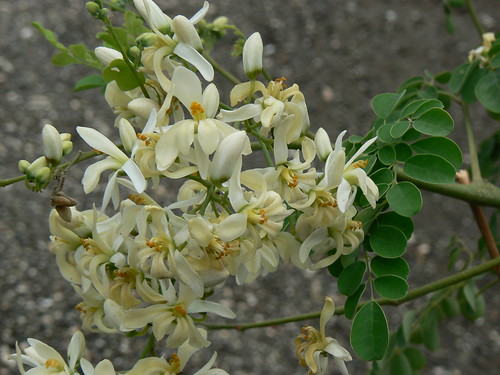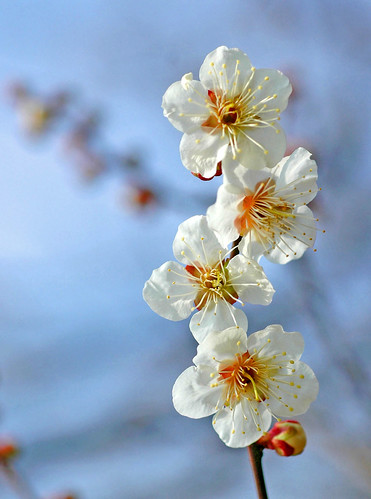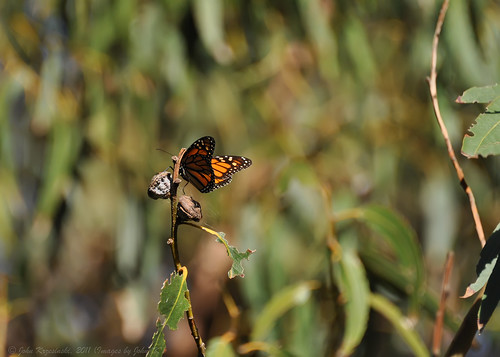
Monarchs in the eucalyptus trees by Images by John ‘K’
Do you want to encourage more butterflies and moths to your garden? One generally thinks of planting shrubs and perennial flowers in the garden for the butterflies and moths. However you must consider that some of these butterflies and moths need trees. Some butterflies or moths lay their eggs on them and then need tree leaves where the larva will feed when they hatch. Some need trees to take shelter in. So if you are thinking of planting a tree in your yard, consider some of the trees that might encourage butterflies and moths to breed.
Here are just the needs of a few of the common butterflies or moths.
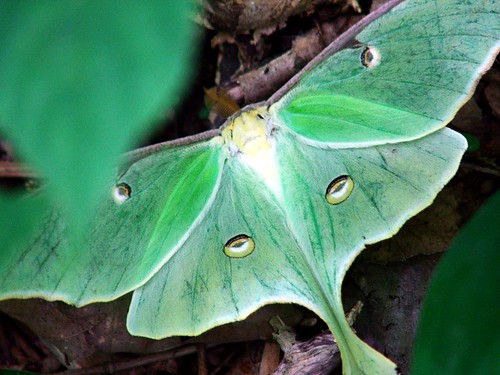
luna moth by Creativity+ Timothy K…
Starting with the Luna Moth -Actias luna, a beautiful green huge moth with a wingspan of 4 1/2 inches, that if you are lucky enough to have seen, is an exciting treat. This GardenLady has them. They love one tree TheGardenLady has on her property. The Luna Moth lays its eggs on the leaves of the black walnut tree. But the larva eat the leaves of numerous trees including sweetgum, American beech, red maple, hickories, white oak, black cherries, willows, American chestnut and smooth sumac. These are all trees that I either have on my property or are growing near my property (see here), and if you have them or are near them, you might be lucky enough to see one of these lovely moths that only fly at night.
Continue reading “Trees that Encourage Butterflies and Moths to Breed”

